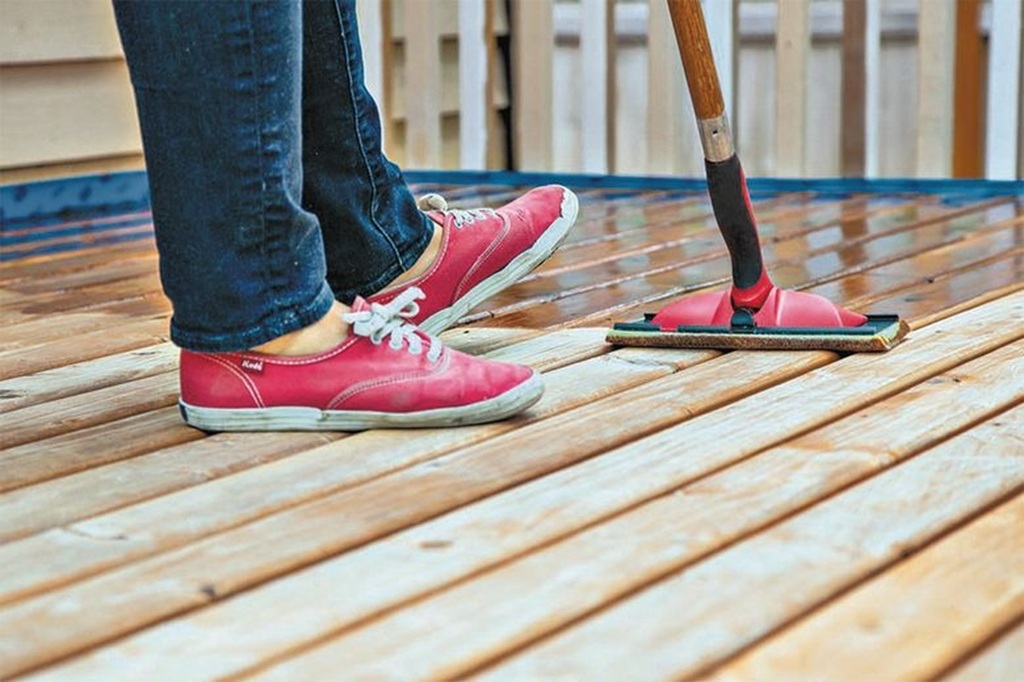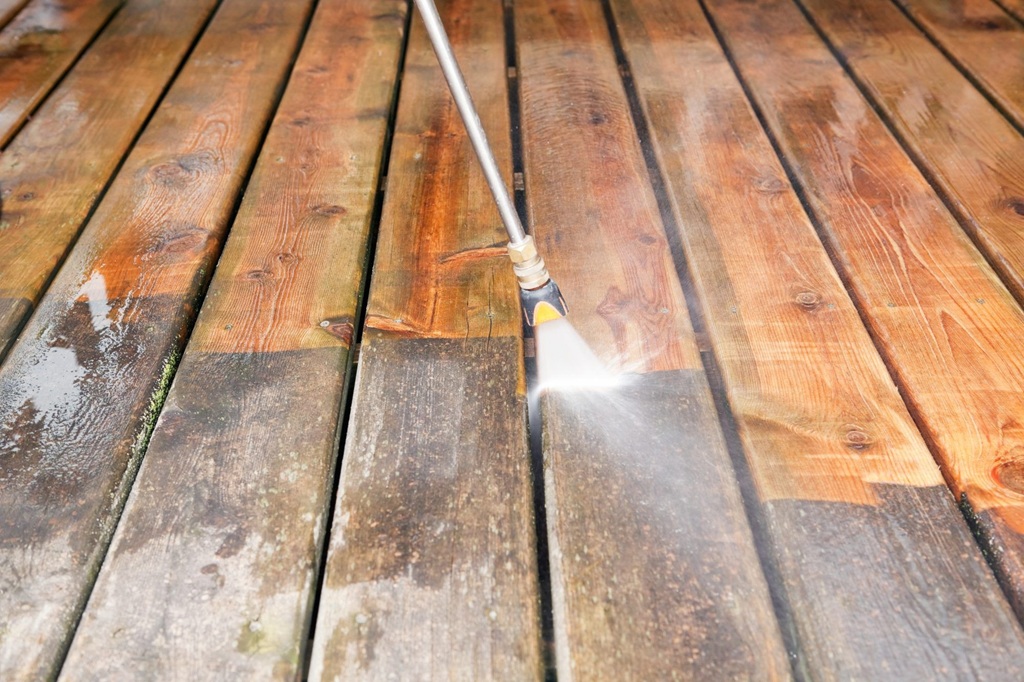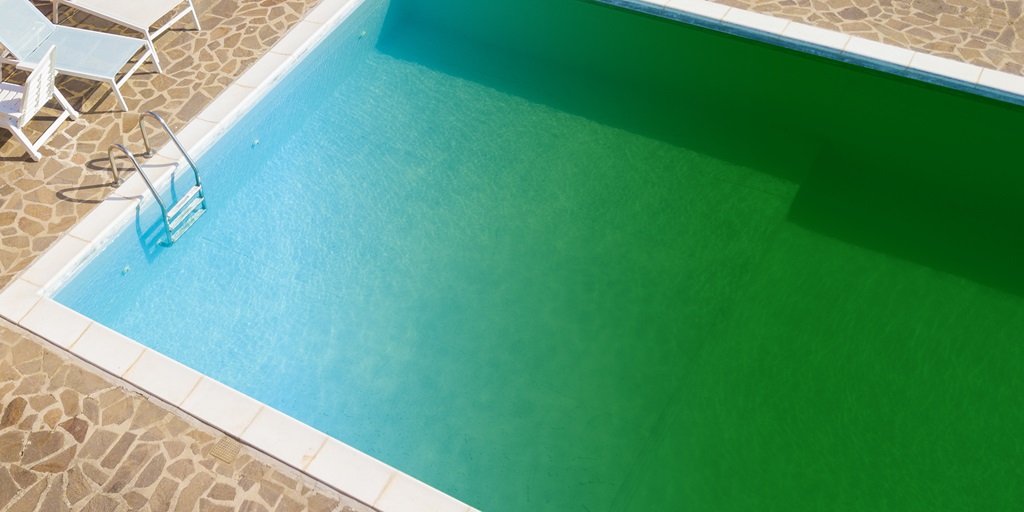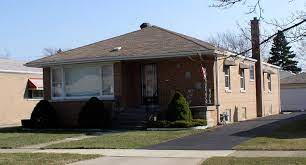A deck, whether a sprawling rooftop waterproofing systems terrace or a cozy backyard patio, is an extension of your living space, a place for relaxation, entertainment, and connection with the outdoors. However, the constant exposure to the elements—rain, snow, sun, and fluctuating temperatures—can wreak havoc on its structural integrity. Water intrusion is a primary culprit, leading to rot, decay, mold, and costly repairs. That’s where a robust deck waterproofing system becomes indispensable.
Choosing the right system is crucial for longevity and peace of mind. This comprehensive guide delves into the best deck waterproofing systems available, exploring their characteristics, applications, and suitability for various deck types.
Understanding the Imperative of Deck Waterproofing
Before diving into specific systems, let’s understand why waterproofing is so vital. Untreated or poorly protected decks are vulnerable to:
- Water Damage: Water seeping into the deck’s substructure can cause wood rot, corrosion of metal components, and deterioration of concrete.
- Structural Weakness: Prolonged water exposure compromises the deck’s structural integrity, posing safety hazards.
- Mold and Mildew Growth: Damp environments promote the growth of mold and mildew, which can trigger allergies and respiratory problems.
- Aesthetic Degradation: Water damage can lead to unsightly stains, warping, and cracking, diminishing the deck’s visual appeal.
- Reduced Lifespan: Effective waterproofing significantly extends the deck’s lifespan, saving you money on premature replacements.
Key Factors to Consider When Choosing a Waterproofing System
Selecting the optimal waterproofing system requires careful consideration of several factors:
- Deck Material: Wood, concrete, composite, and metal decks require different waterproofing approaches.
- Climate: Regions with heavy rainfall or extreme temperatures necessitate more robust systems.
- Deck Usage: High-traffic areas or decks exposed to standing water require more durable solutions.
- Budget: Waterproofing systems vary in cost, so consider your budget and long-term value.
- Ease of Application: Some systems are DIY-friendly, while others require professional installation.
- Aesthetic Preferences: Choose a system that complements your deck’s design and finish.
- Durability and Longevity: Ensure the system offers long-lasting protection against the elements.
Top Deck Waterproofing Systems: A Detailed Overview
Here’s an in-depth look at some of the most effective deck waterproofing systems:
- Liquid Applied Membranes:
- These systems involve applying a liquid coating, typically polyurethane, epoxy, or acrylic, to the deck surface.
- Pros: Seamless application, excellent flexibility, strong adhesion, and resistance to UV damage. They can conform to complex shapes and surfaces.
- Cons: Requires careful surface preparation, multiple coats, and professional installation for optimal results.
- Applications: Ideal for concrete, plywood, and composite decks, especially those with intricate designs.
- Humanized Detail: Imagine painting a protective shield that molds to every curve and crevice of your deck, creating a barrier that moves with the structure, preventing cracks and water intrusion. It’s like giving your deck a flexible, durable second skin.
- Elastomeric Coatings:
- These coatings are highly flexible and elastic, capable of expanding and contracting with temperature fluctuations.
- Pros: Excellent crack bridging capabilities, superior weather resistance, and long lifespan. They can handle significant movement in the deck structure.
- Cons: Can be more expensive than other options, and some formulations may require specialized application techniques.
- Applications: Suitable for concrete, wood, and metal decks, particularly in areas with extreme temperature variations.
- Humanized Detail: Think of elastomeric coatings as a resilient, rubbery layer that stretches and rebounds, preventing cracks from forming and ensuring your deck remains watertight even during harsh weather. It’s like having a deck that can bend without breaking.
- Tile and Stone Systems with Waterproof Membranes:
- This system involves installing a waterproof membrane beneath tile or stone pavers, creating a durable and aesthetically pleasing surface.
- Pros: Offers excellent durability, water resistance, and aesthetic appeal. Tiles and stones provide a long-lasting and low-maintenance surface.
- Cons: Requires meticulous installation, including proper slope and drainage. The membrane must be compatible with the tile or stone material.
- Applications: Ideal for concrete decks and rooftop terraces, providing a luxurious and functional outdoor space.
- Humanized Detail: Picture a beautifully tiled patio, but beneath the elegant surface lies a hidden layer of protection, ensuring your investment remains dry and pristine for years to come. It’s the perfect blend of beauty and practicality.
- PVC Membranes:
- These single-ply membranes are made of polyvinyl chloride (PVC), offering excellent water resistance and durability.
- Pros: Highly durable, resistant to chemicals and UV damage, and easy to clean. They can be heat-welded for seamless installation.
- Cons: Can be more expensive than other options, and some formulations may be susceptible to punctures. Requires professional installation.
- Applications: Suitable for flat roofs, balconies, and decks with high exposure to standing water.
- Humanized Detail: Envision a strong, impenetrable shield that guards your deck against the harshest elements. PVC membranes provide a robust and reliable barrier, ensuring your outdoor space remains dry and functional.
- Epoxy Coatings:
- Epoxy coatings create a hard, durable, and chemical-resistant surface.
- Pros: Extremely durable, high resistance to chemicals and abrasions, and creates a smooth, seamless finish.
- Cons: Requires meticulous surface preparation, limited flexibility, and can be slippery when wet.
- Applications: Ideal for concrete decks and garage floors, providing a tough and long-lasting surface.
- Humanized Detail: Imagine a surface so strong that it can withstand heavy foot traffic, spills, and harsh chemicals, while still maintaining its smooth, polished appearance. Epoxy coatings provide a fortress of protection for your deck.
- Wood Sealants and Preservatives:
- For wood decks, sealants and preservatives are essential for preventing water absorption and decay.
- Pros: Easy to apply, relatively inexpensive, and enhance the natural beauty of wood.
- Cons: Require regular reapplication, and some products may not offer long-lasting protection against heavy rainfall.
- Applications: Suitable for all types of wood decks, providing basic protection against moisture and UV damage.
- Humanized Detail: Think of wood sealants as a nourishing balm that penetrates deep into the wood, protecting it from the inside out. It keeps the wood healthy, vibrant, and resistant to the elements.
SEO Optimization:
- Keywords: “best deck waterproofing system,” “deck waterproofing,” “waterproof deck,” “liquid applied membranes,” “elastomeric coatings,” “PVC membranes,” “epoxy coatings,” “wood sealants.”
- Use of headings and subheadings to improve readability and SEO.
- Internal and external linking to relevant resources.
- Meta descriptions and alt text for images.
Read More Also: How to Install Floor Mounted Bath Taps: A Comprehensive Guide
People Also Ask (FAQs):
-
Q: How often should I waterproof my deck?
- A: The frequency depends on the system and climate. Liquid membranes and elastomeric coatings may last 10-20 years, while wood sealants may require annual reapplication.
-
Q: Can I waterproof my deck myself?
- A: Some systems, like wood sealants, are DIY-friendly. Others, like PVC membranes and complex tile systems, require professional installation.
-
Q: What is the best waterproofing system for a concrete deck?
- A: Liquid applied membranes, elastomeric coatings, and tile systems with waterproof membranes are excellent choices for concrete decks.
-
Q: How do I prepare my deck for waterproofing?
-
A:
Thorough cleaning, surface repairs, and proper drainage are essential. Consult the manufacturer’s instructions for specific preparation guidelines.
-
-
Q: Are there eco-friendly waterproofing options?
- A: Yes, some manufacturers offer eco-friendly formulations of liquid membranes and sealants with low VOC content.
-
Q: How much does deck waterproofing cost?
- A: Costs vary depending on the system, deck size, and labor. Expect to pay anywhere from a few hundred to several thousand dollars.
Conclusion:
Investing in a high-quality deck waterproofing system is crucial for protecting your investment and ensuring the longevity of your outdoor space. By understanding the different systems available and considering your specific needs, you can choose the best option to conquer leaks and preserve your sanctuary for years to come. Whether you opt for the seamless protection of liquid membranes, the resilient flexibility of elastomeric coatings, or the luxurious appeal of tile systems, a well-executed waterproofing project will provide peace of mind and enhance the enjoyment of your deck.





